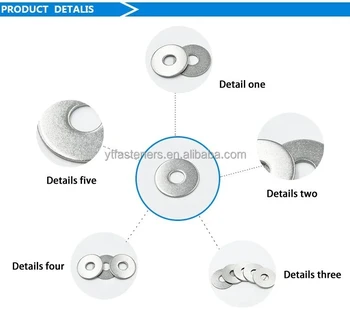Srp . 12, 2024 12:36 Back to list
Different Types of Clamping Devices and Their Applications in Various Industries
Types of Clamping Devices An Overview
Clamping devices are essential tools in various industries, particularly in manufacturing and woodworking. They are utilized to hold workpieces in place, ensuring precision during operations such as cutting, welding, and assembling. Understanding the different types of clamping devices is crucial for selecting the right tool for specific applications, enhancing productivity, and ensuring safety. This article explores the various types of clamping devices commonly used in industrial and workshop settings.
1. C-Clamps
C-clamps are among the most widely used clamping devices. Characterized by their C-shaped frame, they consist of a screw mechanism that tightens the clamp against the workpiece. C-clamps are versatile and can be used to hold materials such as wood, metal, and plastic in place. They come in various sizes and can accommodate different thicknesses, making them ideal for both light and heavy-duty tasks.
2. Bar Clamps
Bar clamps feature a long, slender bar with jaws at both ends that can be adjusted to clamp down on a workpiece. They are particularly useful for larger projects where a wider grip is needed. Bar clamps are favored in woodworking and metalworking for their ability to apply even pressure across a large area. Their adjustable design means they can be quickly positioned and set, saving valuable time during assembly processes.
3. Pipe Clamps
Pipe clamps utilize a length of pipe as their bar, allowing users to extend their clamping capability significantly. They are robust and can handle heavy materials, making them suitable for applications such as woodworking, metal fabrication, and plumbing. The clamping force is adjustable and uniform, ensuring secure holding without damaging the workpiece. Pipe clamps are particularly valuable in scenarios where traditional clamps may fall short due to size limitations.
types of clamping device

4. Toggle Clamps
Toggle clamps feature a unique mechanism that allows for quick and secure locking and releasing of the workpiece. They are often used in assembly lines and automated processes where speed is essential. The toggle action creates a strong clamping force, making them ideal for holding materials in place during machining operations. Their design includes a vertical or horizontal toggle, offering flexibility based on the specific requirements of the task.
5. Spring Clamps
Spring clamps are lightweight and easy to use, making them perfect for quick, temporary holding tasks. They utilize a spring mechanism to apply clamping pressure, and while they are not as robust as other types, they are effective for lightweight applications. They are particularly useful in crafting, photography, and quick repairs, where ease of use and speed are prioritized.
6. Screw Clamps
Screw clamps, sometimes referred to as screw vises, use a screw mechanism to apply clamping pressure. The user can manually turn the screw to tighten or loosen the clamp. Screw clamps provide exceptional control over the pressure applied, making them suitable for delicate tasks that require precision. They find applications in both woodworking and metalworking.
Conclusion
The selection of the right clamping device is vital for achieving accuracy and efficiency in various tasks. Each type of clamp has its own unique advantages and ideal applications. Whether it’s the versatility of C-clamps, the robustness of pipe clamps, or the speed of toggle clamps, understanding these tools will enhance the productivity and quality of your work. As industries evolve, clamping devices continue to play a pivotal role in ensuring that processes are carried out smoothly and efficiently.
-
The Ubiquitous Reach of DIN934 in Application Realms
NewsMay.16,2025
-
Exploring Different Bolt Types
NewsMay.16,2025
-
Cracking the Code of Sleeve Anchor Mastery
NewsMay.16,2025
-
Clamp Design Principles,Types and Innovations
NewsMay.16,2025
-
Artistry Inspired by the Humble Anchor Bolt
NewsMay.16,2025
-
A Deep Dive into Screw Types
NewsMay.16,2025


